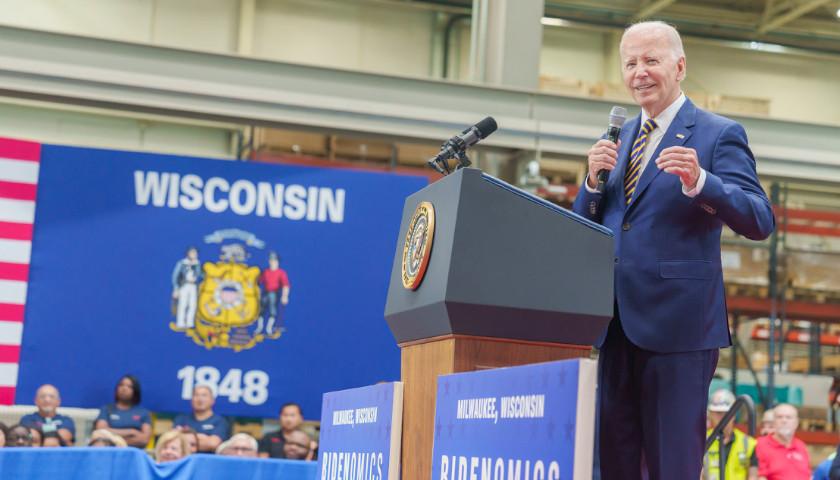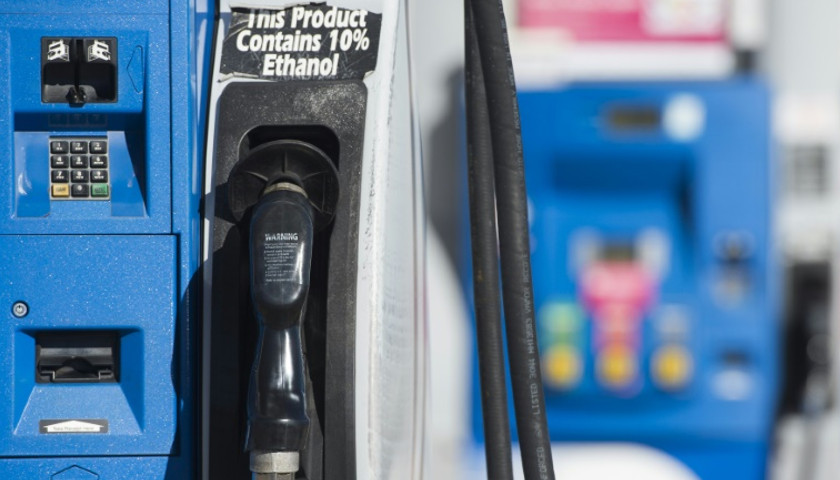Inflation is up 4.92 percent the past 12 months as of May, the most since July 2008’s 5.5 percent, according to data compiled by the Bureau of Labor Statistics, amid a torrent of trillions of dollars of government spending, Federal Reserve money printing and a weakening dollar combined with the continued economic rebound led by reopening businesses from the 2020 Covid lockdowns.
The past three months alone, inflation has grown at an accelerated rate of 2 percent combined. If that trend were to hold up for the rest of the year, inflation would come closer to 8 percent.
In the month of May, price jumps in fuel oil at 2.1 percent and piped gas service at 1.7 percent offset a 0.7 percent drop in gasoline prices. In addition, new car prices grew 1.6 percent. Used cars and trucks grew at 7.3 percent again after a 10 percent jump in April. Apparel jumped 1.2 percent. And transportation services grew 1.5 percent after a 2.9 percent jump in April.
Read the full story





















